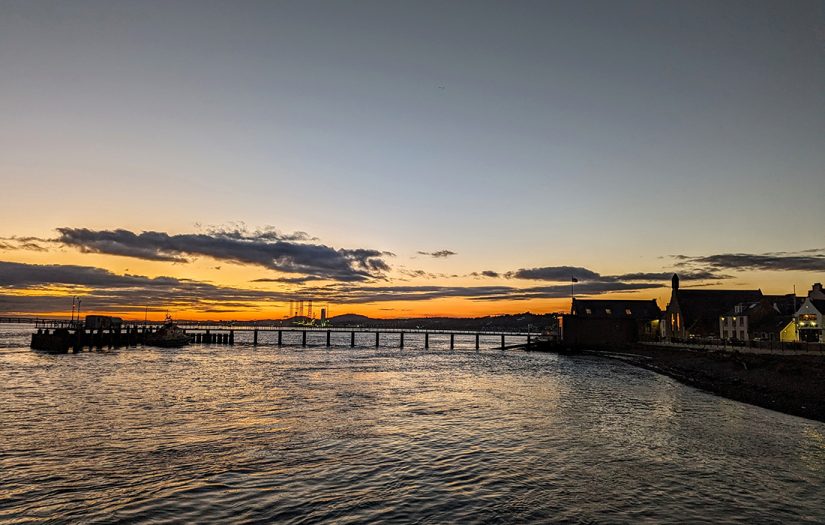Investigating The History Of Your House Pt II
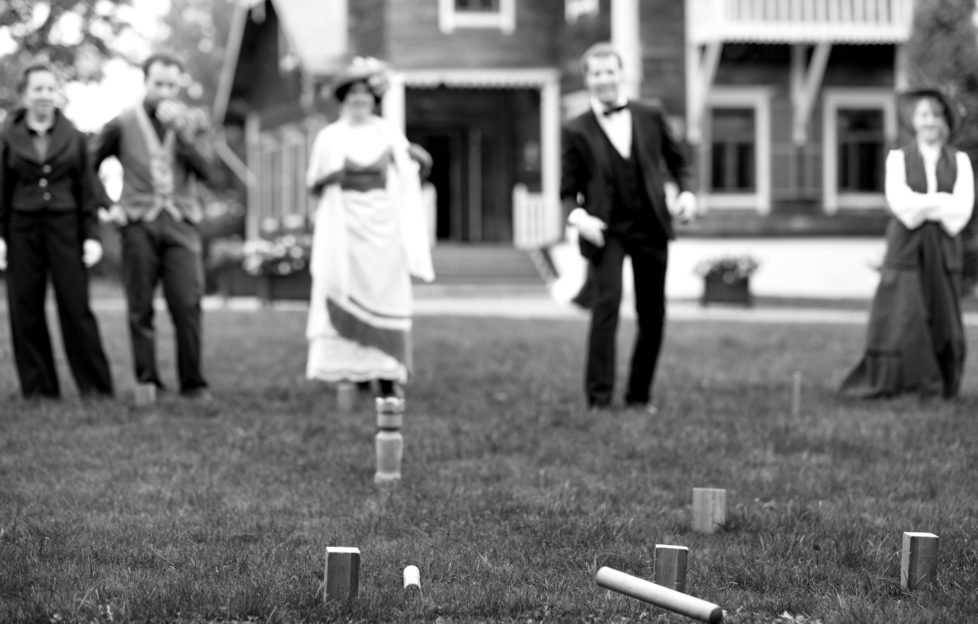
If you’ve always been interested in finding out the history of your house, this is the guide for you!
This is part two of Findmypast’s hints and tips for the amateur detective. Click here for part one.
Tracing occupancy online
Most family history websites will provide all the resources needed for tracing occupancy online.
In addition to those resources mentioned in part one of this guide, you can also find the below:
Directories & social history records (available on Findmypast)
- Directories and almanacs were essentially early “yellow pages”. As well as finding specific addresses, you can explore the makeup of the local area, and what kind of businesses operated there.
- They’re useful for tracing house and business history because, by their very nature, they always include addresses along with details of the owner/occupier and their business.
- They first began as a list of tradesmen — hence the name “trade directory” — but eventually they became more detailed. However, as they were a commercial product, they can contain errors.
- The majority of post directories comprise a description of the place, along with lists of people by occupation. For example, you will find lists of magistrates, councillors, sheriffs, police officers, and merchants. It is important to remember that post directories are not complete lists of all the residents in the town or county. Also, many directories fail to include women in their lists.
- There are a vast range of directories available online, from official Post Office listings through to trade almanacs and business indexes.
Parish records (available on Findmypast)
Church/Parish records of baptisms, marriages and burials usually recorded “residence”.
Court and probate records (available on Findmypast)
- Wills and administrations often contain addresses, as property was nearly always bequeathed.
- Court records (petty sessions, criminal courts etc) often record the addresses of defendants, witnesses, and victims.
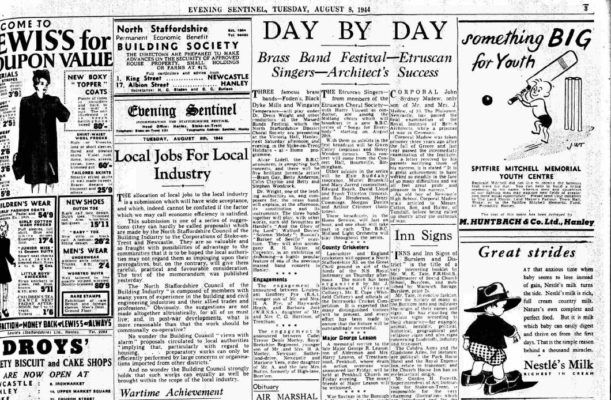
Photograph courtesy of Findmypast.
Newspapers (over 36 million pages available on Findmypast)
- Old local newspapers are one of the most detailed sources you can look at when tracing your house history. You may even find old photographs or sketches of the property, or of former residents.
- Few of the privacy laws that we know today applied in the past, and addresses would often appear alongside names in news reports (e.g. “Mr Williams of 14 Gainsborough Road witnessed the attack”).
- They will reveal whether anything noteworthy happened in your street, and allow you to view major historical events through a local lens.
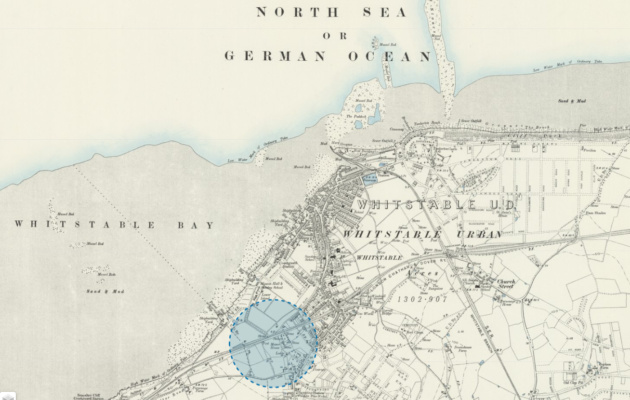
Photograph courtesy of Findmypast.
Maps — get a bird eye view
Maps are a fantastic tool for the house historian.
They can provide a visual representation of both your house and its position within the surrounding area.
One of the most useful is the detailed maps from the Ordnance Survey, which can be viewed online in several places.
Every town and city will have their own, including specific town and parish maps, but also unique maps produced to document disease and demographics.
Findmypast also provide a dedicated map search function that enables you to easily locate properties on historical maps from 1888, 1939 and the present day.
It functions just like a modern day GPS. Simply tap in your address, postcode or town/village to gets a birds eye view and see how the area has changed over time.
The National Library of Scotland also provides access to high-resolution, zoomable images of over 200,000 maps of Scotland, England, Wales and beyond.
These can be accessed for free at https://maps.nls.uk/.
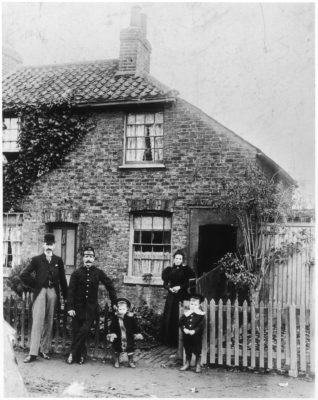
Photograph courtesy of Findmypast.
Offline research – learning the lay of the land
Here’s a top tip — visit your local archive service!
Not only are they staffed by local experts who will be more than willing to help, they are home to a wide variety of material you won’t find online!
This can include:
- Miscellaneous estate maps and plans relating to the area in which your house stands. There is also a series of national records that contain additional information about individual properties. Maps and plans will help you discover why your house was built in the first place. Was it a cottage for workers at a nearby factory? Or a new-build replacing a house that was bombed in the ’40s?
- Title deeds and conveyancing. Various sources that record the transfer of land or property — such as leases, indentures, sales etc. — combine to form the “deed package”. These are valuable for tracing property ownership
Finally, collaborate and have fun!
Contact your local history society or join a group on social media (there are many excellent groups and forums out there). This type of research can be made much easier with the help of fellow locals.
Interested in tracing your ancestry? Click here to read Findmypast’s Getting Started guide!









